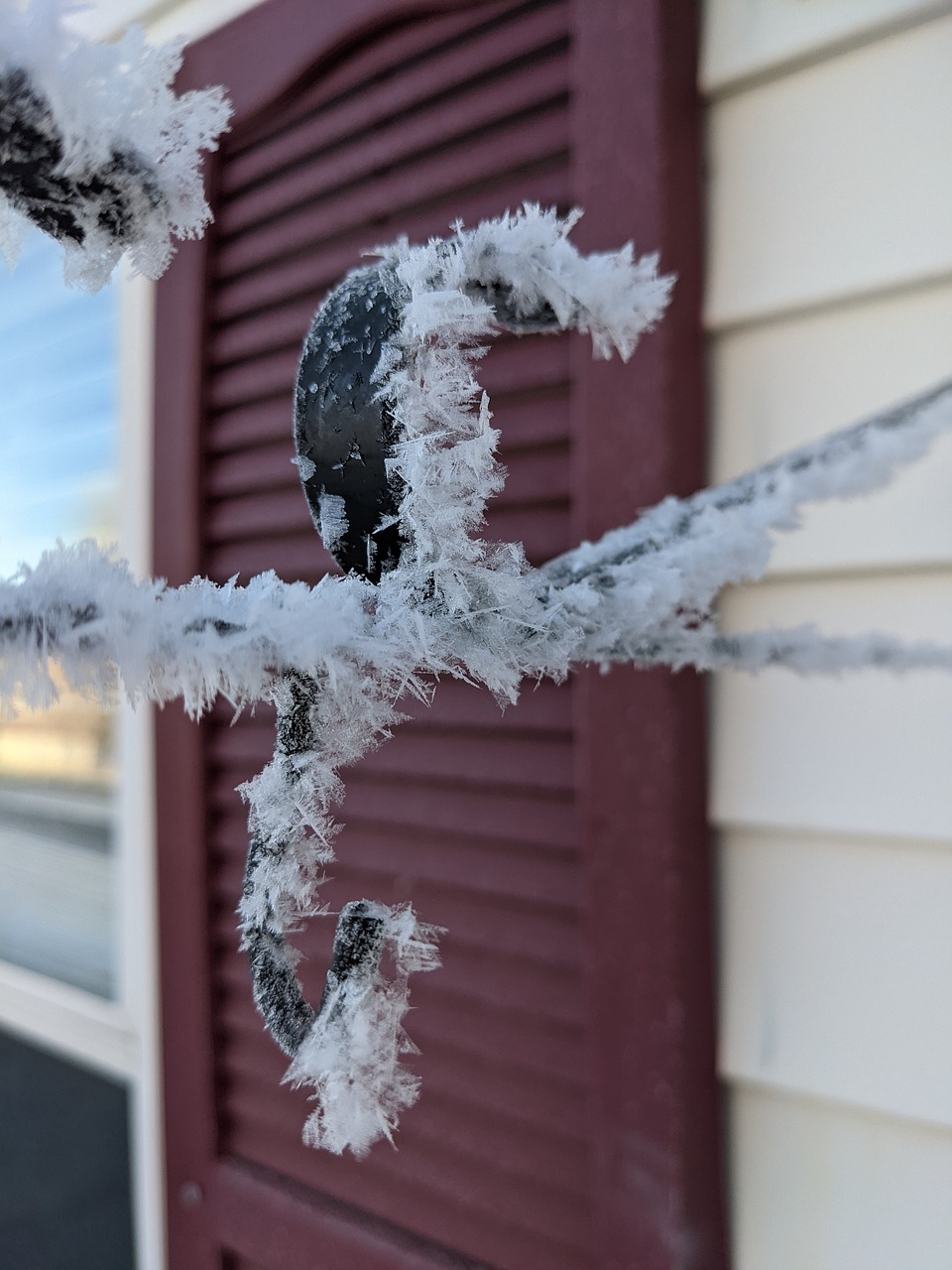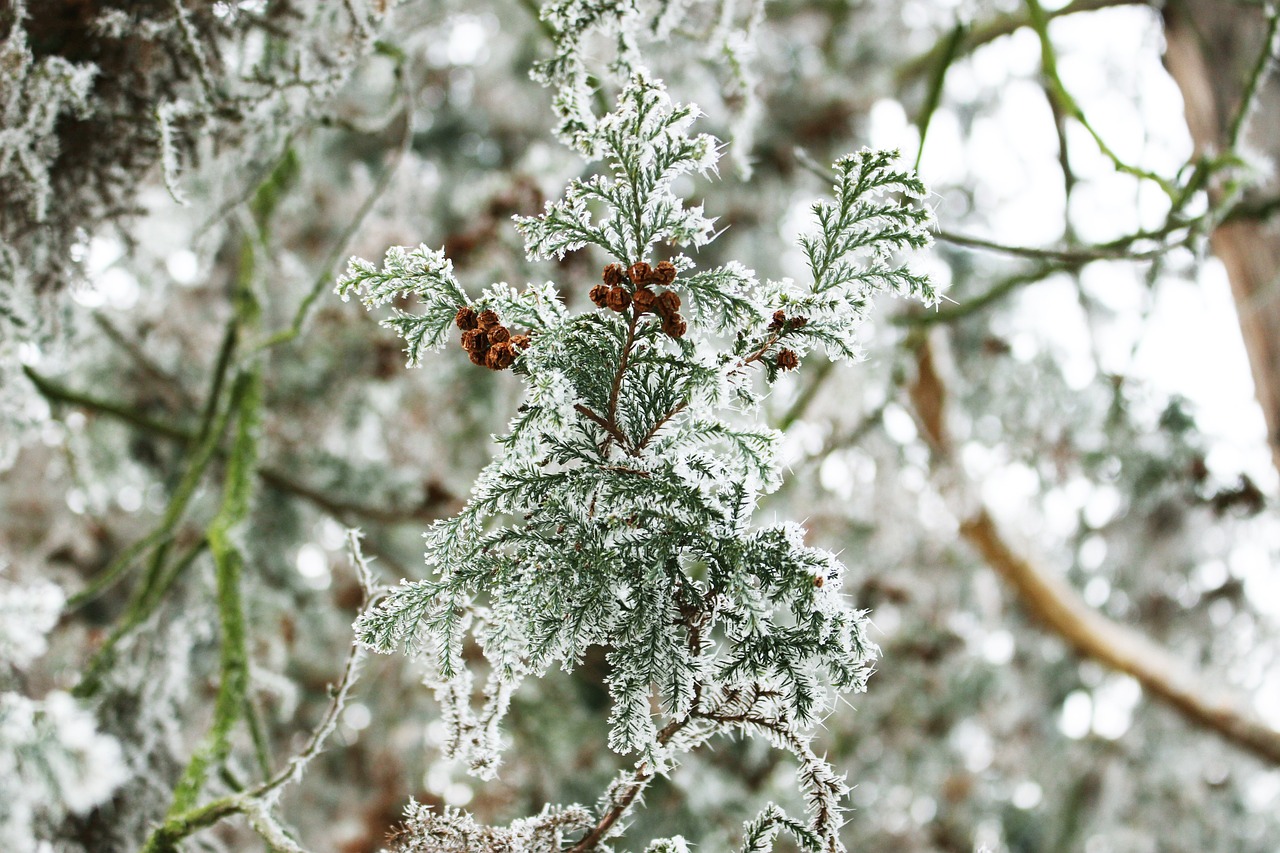Welcome! If you find yourself dealing with frostbite on your cheeks, don’t worry – there are simple and effective steps you can take to treat the condition. By following a few key tips, such as gently warming the affected area and avoiding rubbing or massaging the skin, you can help alleviate discomfort and promote healing. Read on to learn more about how to effectively care for frostbitten cheeks and get back to feeling like yourself again.
What To Do For Frostbite On Cheeks
Have you ever been out in the cold for too long and felt the chilling effects of frostbite on your cheeks? It can be a painful and uncomfortable experience, but there are steps you can take to treat and prevent further damage. In this article, we will discuss what to do for frostbite on cheeks and how to protect yourself in the future.
Understanding Frostbite
Frostbite is a condition that occurs when the skin and underlying tissues freeze due to exposure to cold temperatures. It most commonly affects the extremities such as the fingers, toes, nose, and cheeks. When frostbite occurs on the cheeks, it can be especially painful and uncomfortable.
Recognizing the Symptoms
If you suspect that you have frostbite on your cheeks, it is important to recognize the symptoms. Some common signs of frostbite include:
- Skin that is pale, white, or grayish-yellow in color
- Numbness or tingling in the affected area
- Pain or a burning sensation
- Swelling or blistering
- Hard or waxy skin texture
What Causes Frostbite on Cheeks
Frostbite on the cheeks can occur when the skin is exposed to cold temperatures for an extended period. Factors such as wind chill, humidity, and inadequate protection can increase the risk of frostbite. Cheeks are particularly vulnerable to frostbite due to their prominent position on the face and limited blood flow to the area.
How To Treat Frostbite On Cheeks
If you experience frostbite on your cheeks, it is important to seek treatment immediately to prevent further damage. Here are some steps you can take to treat frostbite on your cheeks:
Get Indoors and Warm Up
The first step in treating frostbite on your cheeks is to get indoors and warm up. Remove any wet or constrictive clothing and gently warm the affected area with a dry, warm cloth. Avoid using direct heat sources such as heaters or fireplaces, as this can cause further skin damage.
Thaw the Affected Area
If your cheeks are still frozen, it is important to gently thaw the affected area. Do not rub or massage the skin, as this can cause further damage. Instead, use warm water or a warm compress to gradually thaw the skin. Do not use hot water, as this can cause burns.
Protect the Skin
Once the skin has thawed, it is important to protect it from further damage. Avoid exposure to cold temperatures and wind, and cover the affected area with a clean, dry cloth or bandage. Do not apply ice or snow to the skin, as this can cause frostbite to worsen.

Prevention Tips
Preventing frostbite on your cheeks is essential to avoid the pain and discomfort associated with this condition. Here are some tips to help protect your cheeks from frostbite:
Dress Appropriately
When going out in cold weather, make sure to dress appropriately to protect your cheeks from frostbite. Wear a hat, scarf, and gloves to cover your face and keep it warm. Opt for windproof and moisture-wicking clothing to help regulate body temperature and prevent frostbite.
Use Sunscreen
Even in cold weather, the sun’s rays can still cause damage to your skin. Make sure to apply sunscreen to your cheeks before heading out to protect them from UV radiation. Sunscreen can also help to prevent windburn, which can exacerbate the effects of frostbite.
Stay Hydrated
Staying hydrated is important for maintaining healthy skin and preventing frostbite. Drink plenty of water throughout the day to keep your skin hydrated and resilient to cold temperatures. Avoid alcohol and caffeine, as these can dehydrate the skin and increase the risk of frostbite.
When To Seek Medical Help
In some cases, frostbite on the cheeks may require medical attention to prevent complications. If you experience severe pain, blistering, or signs of infection, it is important to seek medical help immediately. A healthcare provider can assess the severity of the frostbite and recommend appropriate treatment options.
Tips For Recovery
If you have experienced frostbite on your cheeks, it is important to take steps to promote healing and recovery. Here are some tips to help your cheeks heal after frostbite:
- Keep the affected area clean and dry
- Avoid rubbing or scratching the skin
- Apply a mild moisturizer to prevent dryness
- Eat a balanced diet to support skin healing
- Avoid exposure to extreme temperatures
Follow-Up Care
After experiencing frostbite on your cheeks, it is important to follow up with a healthcare provider for further evaluation and treatment. They can monitor your recovery progress and provide additional care if needed. Be sure to attend all follow-up appointments and follow any instructions given by your healthcare provider.

Conclusion
Frostbite on the cheeks can be a painful and uncomfortable experience, but with prompt treatment and proper care, you can promote healing and recovery. By understanding the symptoms, knowing how to treat frostbite, and taking preventive measures, you can protect your cheeks from frostbite in the future. Stay warm, stay safe, and take care of your skin to avoid the chilling effects of frostbite on your cheeks.

